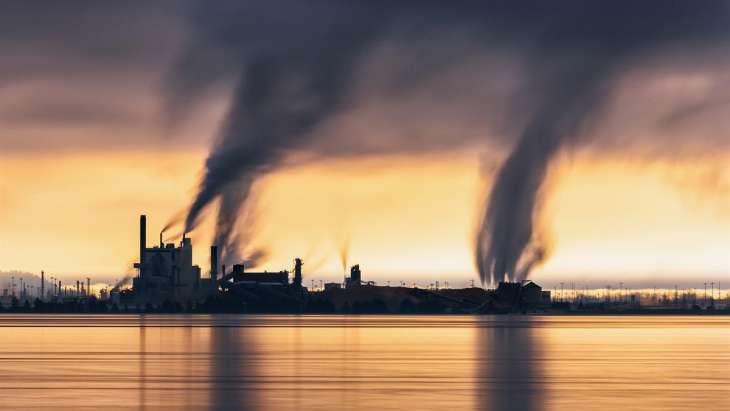Paradip: With the serious problem of air pollution in Paradip aggravating rapidly, things have come to such a pass that trees and plants in this port town are struggling for survival.
The port town is facing severe air pollution with iron, coal dust, gypsum dust and other pollutants getting diffused into the atmosphere. This has happened due to reckless handling of cargo like coking coal and thermal coal at the port as well as through transportation of gypsum by two fertilizer units in the area.
As a result, leaves and branches of the trees are found enveloped with a thick layer of black and grey-coloured dust. The heavy pollution is untimely drying up the trees impacting their survival.
As many as four cities in Odisha are in the list of 88 cities which have been declared as the most polluted by the government, sources said. Paradip is one of the four most polluted cities in Odisha while the other three are Ib Valley, Jharsuguda and Angul.
The annual declaration on pollution level in the cities by Central Pollution Control Board (CPCB) and State Pollution Control Board (SPCB) is changing every year. In 2014-15, the borderline was 69.60 per cent and 70 per cent was stated as the danger zone. In 2017-18, the term was changed to ‘critically polluted area’ while in 2020-21, the term was again changed to ‘highly polluted area’.
This year, the SPCB informed that pollution is declining in Paradip. However, the reality is that if a person goes around the port town for an hour in an open vehicle then the colour of his clothes will change for sure. The claim can be substantiated by examining the leaves of trees in the town.
The leaves instead of being green appear black or red in colour. The trees which are key to sustaining human life are now fighting for survival. An environmentalist Amaresh Naresh Samant alleged that the trees, with thick layers of black dust, gathered on the leaves, fail to properly absorb carbon dioxide and give out oxygen for sustenance of the living. Environmentalists said dust particles are a potential source of air and water pollution.
The pollution in Paradip is of varied nature. In parts, it is related to use of chemicals while on the other hand, air pollution gets even worse due to reckless handling of cargo like coking coal and thermal coal. Pollution also arises from the ash and smoke billowing out of the many industrial plants in the port town.
People residing in areas near industrial units of the town have become susceptible to respiratory disorders and skin diseases. Smoke and dust-filled air has emerged as major health hazards in these localities. However, allegedly no proper regulatory measure is being taken to contain the pollution.
When contacted, SPCB regional officer Pushkar Chandra Behera said that the parking of heavy vehicles in the port is responsible for the pollution to some extent. Iron and gypsum dust falls on the road as heavy vehicles are parked on the road. Dust remains suspended in the ambient air and not only pollutes the air and water but also gathers in houses in the adjoining areas where the vehicles have been parked in the port town. He said special programmes will be launched to clean dust from the month of April.
Post News Network
